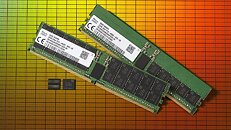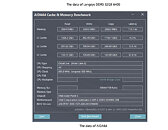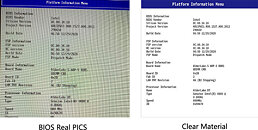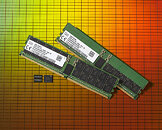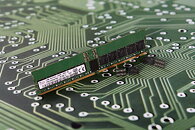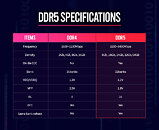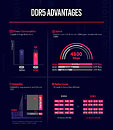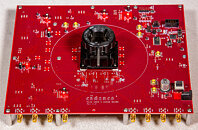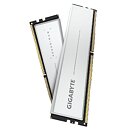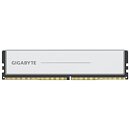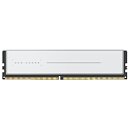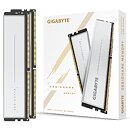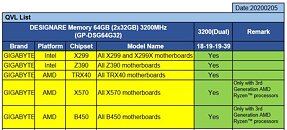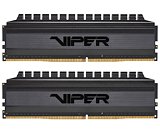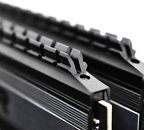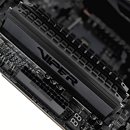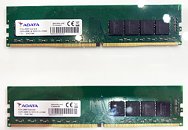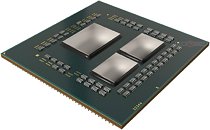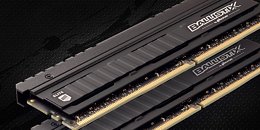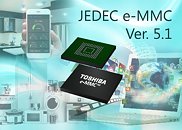
DDR5-6400 RAM Benchmarked on Intel Alder Lake Platform, Shows Major Improvement Over DDR4
As the industry is preparing for a shift to the new DDR standard, companies are trying to adopt the new technology and many companies are manufacturing the latest DDR5 memory modules. One of them is Shenzhen Longsys Electronics Co. Ltd, a Chinese manufacturer of memory chips, which has today demonstrated the power of DDR5 technology. Starting with this year, client platforms are expected to make a transition to the new standard, with the data center/server platform following. Using Intel's yet unreleased Alder Lake-S client platform, Longsys has been able to test its DDR5 DIMMs running at an amazing 6400 MHz speed and the company got some very interesting results.
Longsys has demoed a DDR5 module with 32 GB capacity, CAS Latency (CL) of 40 CL, operating voltage of 1.1 V, and memory modules clocked at 6400 MHz. With this being an impressive memory module, this is not the peak of DDR5. According to JEDEC specification, DDR5 will come with up to 8400 MHz speeds and capacities that are up to 128 GB per DIMM. Longsys has run some benchmarks, using an 8-core Alder Lake CPU, in AIDA64 and Ludashi. The company then proceeded to compare these results with DDR4-3200 MHz CL22 memory, which Longsys also manufactures. And the results? In AIDA64 tests, the new DDR5 module is faster anywhere from 12-36%, with the only regression seen in latency, where DDR5 is doubling it. In synthetic Ludashi Master Lu benchmark, the new DDR5 was spotted running 112% faster. Of course, these benchmarks, which you can check out here, are provided by the manufacturer, so you must take them with a grain of salt.
Longsys has demoed a DDR5 module with 32 GB capacity, CAS Latency (CL) of 40 CL, operating voltage of 1.1 V, and memory modules clocked at 6400 MHz. With this being an impressive memory module, this is not the peak of DDR5. According to JEDEC specification, DDR5 will come with up to 8400 MHz speeds and capacities that are up to 128 GB per DIMM. Longsys has run some benchmarks, using an 8-core Alder Lake CPU, in AIDA64 and Ludashi. The company then proceeded to compare these results with DDR4-3200 MHz CL22 memory, which Longsys also manufactures. And the results? In AIDA64 tests, the new DDR5 module is faster anywhere from 12-36%, with the only regression seen in latency, where DDR5 is doubling it. In synthetic Ludashi Master Lu benchmark, the new DDR5 was spotted running 112% faster. Of course, these benchmarks, which you can check out here, are provided by the manufacturer, so you must take them with a grain of salt.
